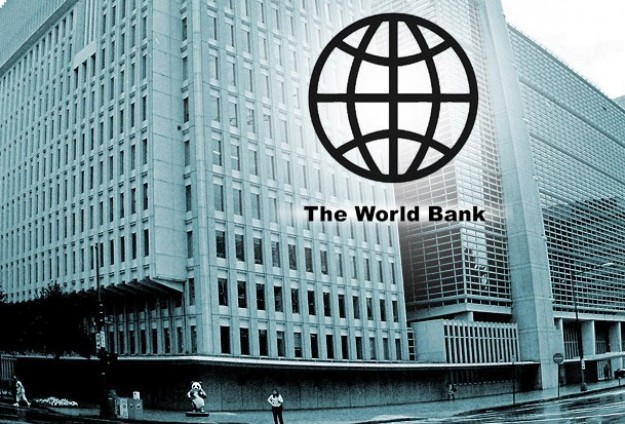Approved in April this year, Guyana and the World Bank yesterday signed a US$13.3M loan agreement which will see a major focus on maths teaching and the training of 6,500 teachers.
In addition, a new building will be constructed for the University of Guyana’s Health Sciences Faculty and standards of the Uni-versity of Guyana’s medical programme improved so that it comes into line with the Caribbean Accreditation Authority in Medicine and other Health Professions.
“More than 150,000 students and teachers will improve Mathematics learning and teaching, and benefit from an improved medical faculty as a result of a US$13.3 million credit from the International Development Association (IDA) approved today by the Board of Executive Directors of the World Bank,” a statement from the Ministry of Finance read, following the signing.
“Guyana has achieved near-universal primary education enrollment between 2014 and 2017 and secondary education is expanding rapidly. Educa-tion continues to be a priority for the government. However, low quality of teaching and learning at all levels and inequalities in learning outcomes present significant challenges. Only 14 percent of grade 2 students achieved ‘standard’ scores in literacy and numeracy in 2016,” the statement added as it spelt out the objectives of programmes the monies will be used for.
The Government said that the project builds on a long engagement in education in Guyana, including two previous and three ongoing projects amounting to about US$62 Million.
It was last year, during the presentation of the 2017 Budget that the Minister of Finance had revealed the dismal figures that spoke to the numeracy and literacy rates of Guyana’s children. He had said that of the 14,386 students who wrote the 2016 National Grade Six Assessment (NGSA) only 14% or 2,014 students were able to achieve a passing grade in Mathe-matics and less than 50% achieved passes in English.
Jordan stressed that these results represent a crisis since “over 12,000 of our children were not numerate, while more than half of those writing English could not sufficiently comprehend our official language to attain a 50 percent score.”
Earlier last year also, a release from the Ministry of the Presidency, while not referencing the pass rate, had said that Cabinet examined the “unsatisfactory” results as a matter of “extreme urgency and grave national importance” and had called on the Ministry of Education and its technical advisors to identify all appropriate steps needed to remedy this situation.
Cabinet had noted that for many years Guyana has “consistently failed to achieve acceptable pass rates” and acknowledged that this year’s examination which was designed by the Caribbean Examina-tions Council (CXC) exposed “even more the weakness of the previous approach to education adopted by the Ministry of Education….” with its “increased focus on reasoning and decreased emphasis on retention.”
Cabinet had earlier the same month approved the expenditure of $48.6 million for the implementation of a seven-point strategy labelled the “Emergency Education intervention for improved performance in Mathematics by students in Grade Six.”
The approved intervention was expected to address critical issues in the teaching and learning of mathematics and targeted the preparation and administration of a diagnostic assessment of pupils in the hinterland region before training.
The Ministry of Finance statement pointed out that the project will contribute to this country’s futuristic education development. It said that it lays “the foundations of the Guyanese economy to address opportunities and challenges in relation to the high expectations arising from the upcoming investments in the nascent oil and gas sector. A high quality education and a strengthened financial sector infrastructure will be critical.”





